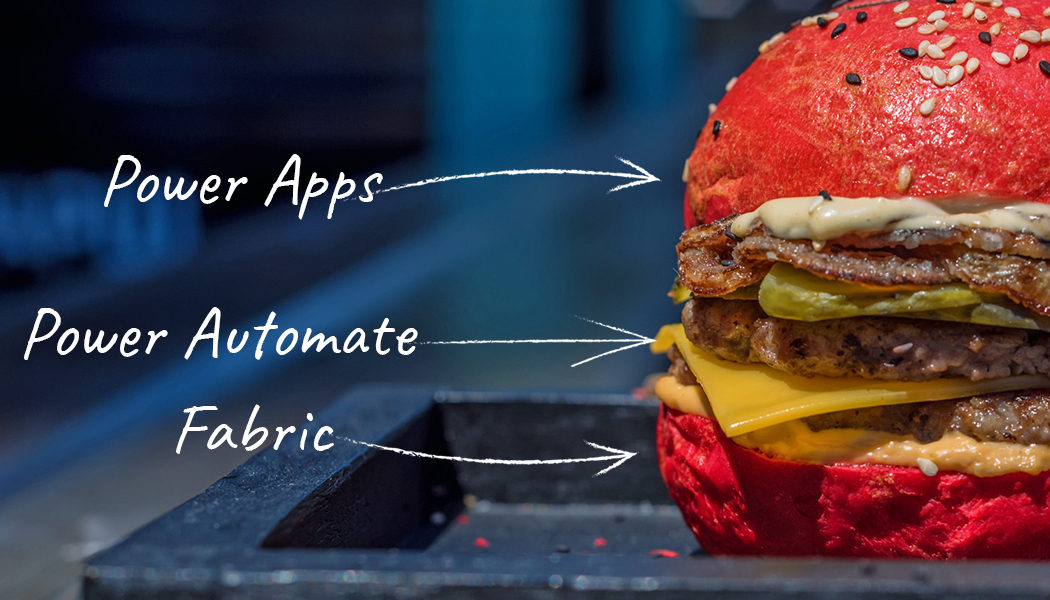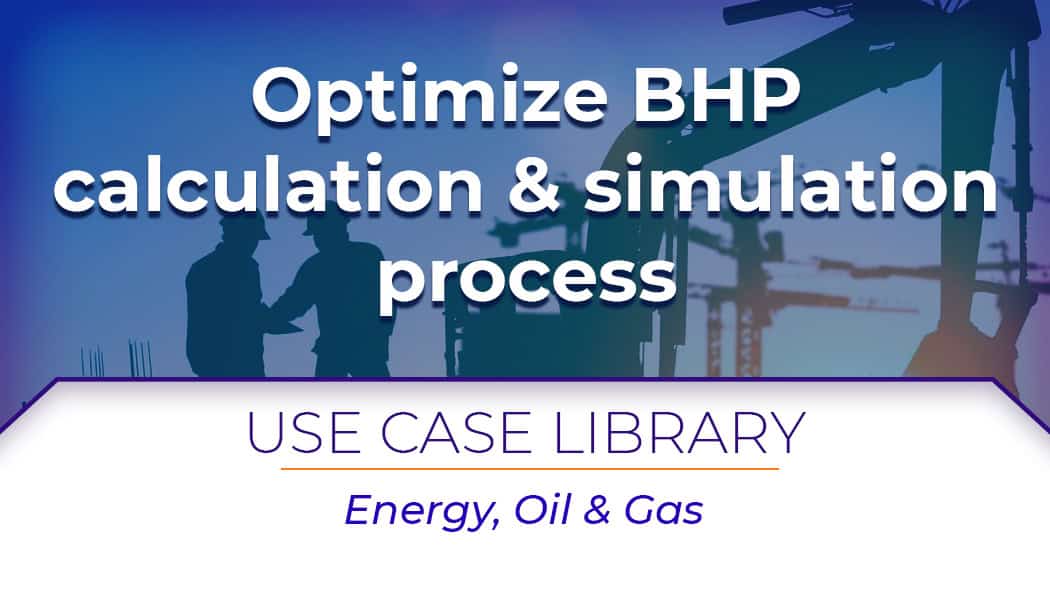What You Need to Know
About RPA Analytics
Any business process must be monitored, measured, and managed to achieve effectiveness and efficiency. Robotic Process Automation (RPA) is a process-enabling technology. As such, bots that automate parts of your business processes must be monitored, measured, and analyzed. Here is what you need to know about RPA analytics.
RPA Analytics for Efficient Business Outcomes
The bots working within your RPA-driven processes have a story to tell, and it’s imperative to listen. RPA analytics provide insight into quantitative metrics that are crucial to harness, understand, and leverage to sustain automated processes and optimize ROI. When looking at a RPA implementation through a data-driven lens, here are some avenues that are important to grasp.
Process Mining
Process mining technologies can be deployed to visualize the entire process on the basis of data generated by RPA, which enables a more insightful understanding of the process. This also creates a cadence of unscrewed data that was once manually overseen. Here are some benefits resulting from RPA’s interaction with process mining:
Take for example the accounts payable process in a given finance department. Before RPA is integrated, data from this process would come in multiple forms and live in different places in the system (emails, online banking, procurement, hard files). Data collected from these sources proves to house errors, and often cannot be accessed 24 hours a day. Through RPA process mining, data is automatically and efficiently generated for every step in the process, giving you a seamless, detailed data trail that can be visually structured.
RPA Analytics and the Digital Twin
Gartner placed digital twin technology among the top 10 strategic technology dynamics in business today. This concept merges the physical and digital world of the workplace, where every product has a digital replica of itself. From design to development, a digital footprint is made to fully represent a company’s tangible product. Thus, the lifeblood of the organization has a fully digital replica of itself, which accesses data in real-time. Through digital twins, analyzing data is instantaneous, efficient, and goes much further than manual data stimulation. It can help detect early problems in the product life cycle, generate warnings to the user, and develop new opportunities through simulations.
Leveraging AI and big data, the digital duplicates of the physical aspects of the business are created using sensor technology. Engineers and development teams creating these digital replicas access data from various sources of the business. Paired with AI algorithms, a virtual representation of a given asset is created, stored, and can be accessed even before a physical product is manufactured. Applying analytics to these digital replicas will give deeper insight into the physical product, and provide consistent access to new data as it comes. Industries where digital twins are prominent are:
RPA Analytics and Big Data
Various organizations across multiple industries are harnessing big data to gather, analyze, and share advanced metrics to better define business processes. Automation is an avenue in which big data can become truly valuable and transformative to an organization Intelligent forms of RPA are becoming driven by data to not only identify automation candidates but breakdowns within manual processes.
As stated before, RPA bots track their own actions, which can also be recorded for future use where need be. Therefore, software bots provide much more data than a human employee. However, this data isn’t useful without proper analysis, which modern RPA bots can provide.
As an example, retailers can collect online data through a customer’s digital touch-points, including preferences and product price ranges. When RPA is used to link data sources, this big data can be assessed in correlation to the stores current offerings, and can aid marketing and sales teams.
Combining Machine Learning and AI With Analytics
Through hyperautomation, RPA leverages AI and machine learning to streamline complex processes, some of which may even include judgment-based tasks rather than just rule-based. This combination relies heavily on analytics and data sources to support end-to-end automation capabilities.
As AI learns the ins and outs of automated processes more thoroughly through predictive analytic, RPA can match these patterns, events, or triggers to opportunities or threats, whether expected or unexpected. This helps organizations be proactive vs. reactive in terms of analyzing markets and consumer buying behaviors, placing them in a better position of execution.
How Can We Help?
Smartbridge implementation architecture calls for tracking, recording and analysis of bots and the processes they automate. Our team of business intelligence specialists have over 15 years of experience in building analytical solutions for clients across diverse industries. We implement automation into your processes to achieve the following:
Through RPA data analytics, we establish the best practices to help you analyze and improve your RPA enabled business processes. Our RPA specialists will lead you through your automation journey to create a future-state automation start to finish strategy/road map. Through proper education, assessments, and even education, we carefully place you on a journey that creates market differentiation relative to your competition. Explore our RPA experience through our partnerships and resources below:
There’s more to explore at Smartbridge.com!
Sign up to be notified when we publish articles, news, videos and more!
Other ways to
follow us:







